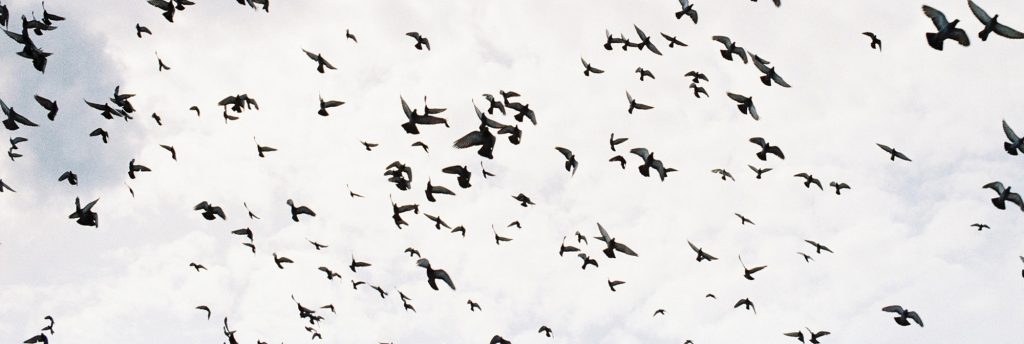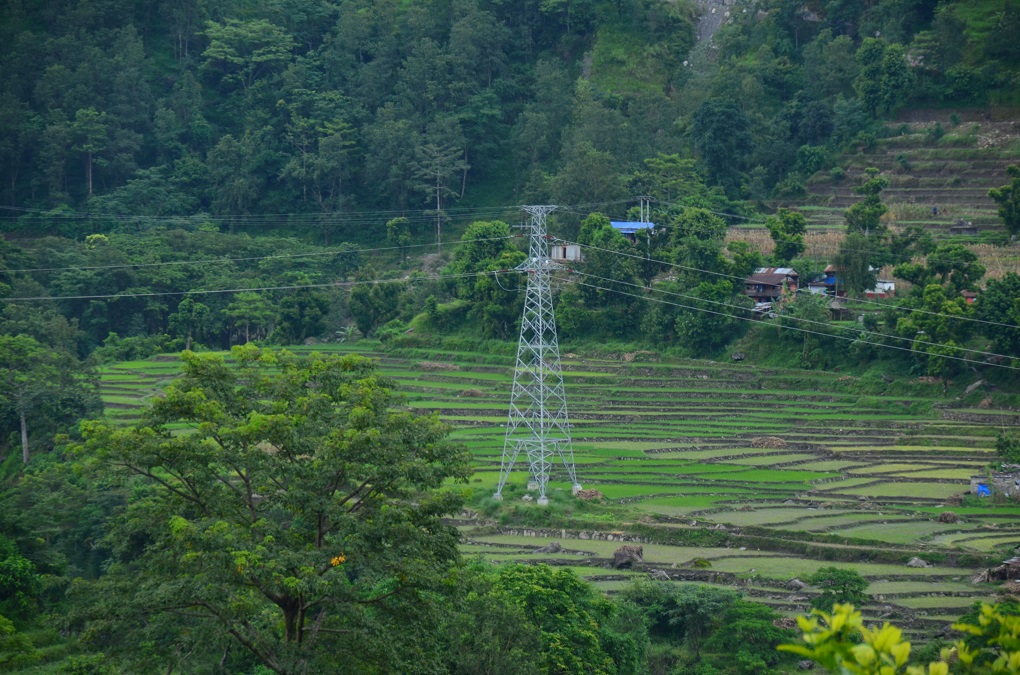
Electricity has been a game-changer for humanity, powering our modern lives and meeting the ever-increasing energy needs of a growing population. However, this progress comes with a cost for the world’s avian companions as bird biodiversity is threatened by the expanding network of high-tension power lines. From majestic eagles to delicate songbirds, the biodiversity of the bird populations is under threat due to the hazards of high-tension power lines.
Although certain urban species, particularly raptors, have benefitted from the power lines by using pylons as nesting and perching sites, such structures have also adversely impacted bird ecology.
Tragically, one of the most well-known consequences of these systems is bird mortality from collisions and electrocutions – a threat that has been evident since the 1800s when the first reports of bird collisions with electrical structures emerged in the United States.
Electrocution of birds
The aerial collision and electrocution of birds due to power lines are a matter of grave concern as far as bird biodiversity is concerned. The birds flying over wires can collide with power lines, and they can also be electrocuted if they complete a circuit by contacting two electrically charged components or one electrically charged and grounded component.
The electrocution of birds is a significant threat to bird biodiversity, hence it should not be taken lightly, particularly on distribution lines with a voltage <69 kV and where the distance between conductors is small, allowing for the electrocution of birds.
Collisions, on the other hand, can occur on any electrical grid. However, comparatively, the high-voltage transmission lines pose a higher risk of collision to many bird species due to their height and low visibility.
The shield wires found on transmission lines are often smaller in diameter than conductor wire, which makes them less visible, further contributing to the vulnerability of birds to collisions with these structures.
In rural areas with no tree growth, medium-voltage power lines providing a suitable perching environment can pose a significant danger to bird biodiversity. Particularly, diurnal bird species and raptors with large wingspans are the group considered the most vulnerable in case of electrocution.
Meanwhile, larger and heavy-bodied birds with short wing spans, particularly wetland birds, are more vulnerable to collisions and the risk is further increased during low light, fog, or bad weather conditions.

Nepal’s case
The impact of power transmission lines on bird biodiversity is a worldwide concern. In the United States alone, the number of bird fatalities caused by power line collisions and electrocution ranges from 12 to 64 million annually, highlighting the magnitude of this issue. While this issue is recognised globally, limited studies have been conducted in most Asian countries and Nepal is no exception to it.
In Nepal, transmission lines have increased significantly in recent years. Transmission lines have been installed at an average rate of more than 300 circuit kilometres annually during the past five years.
As the peak demand for electricity is increasing daily (up 15.98 per cent over last year), the necessary structures for electricity generation and transmission are also being added to supply it. With this ongoing expansion of transmission lines, bird collisions, and electrocution have long been a serious conservation concern in Nepal.
While the extent of its impact on bird biodiversity is not yet fully understood, a few studies have shed light on the issue. According to Bird Conservation Nepal, over 50 cases of vulture electrocution have been recorded across the country from 2010 to 2021, leading to the death of approximately 130 vultures.
This is a worrying trend as vultures play a crucial role in the ecosystem as natural scavengers. However, vultures are not the only birds at risk in Nepal. Other large raptors such as the steppe eagle and storks (Ciconidae family) also face a significant threat of electrocution.
Similarly, in 2022, it was reported that 56 per cent of raptors admitted to the Wildlife Rescue Centre in Kaski resulted in mortality, with electrocution being the primary cause of death, accounting for a staggering 90 per cent of the fatalities.
These staggering numbers underscore the urgent need to address the hazards of power lines to bird biodiversity and to devise effective conservation strategies to safeguard avian populations.
Similarly, avian mortality along power transmission lines can be a significant issue for power companies too as it can lead to power outages, equipment damage, and financial losses. Therefore, also for sustainable power operation, it is imperative that the issue is addressed comprehensively and that measures are taken to minimise the threat of electrocution and collision on bird biodiversity in Nepal.

Potential solutions
To prevent such incidents of electrocution and collisions, various mitigation measures have emerged. One of them is the installation of underground cabling. This approach was primarily implemented in Western European nations. However, due to technical and financial limitations, it seems to be inapplicable in all cases.
So far, the use of deterrents in power lines has shown the most promising way. One of the studies showed that marking power lines with bright markers and placing a shiny movable object, aviation ball, flappers, bands and stripes on conductor and placement of thick wire coils had been found to reduce bird collisions by 50-60 per cent.
Furthermore, the placement of new power lines and the removal of problematic earth wires have also proven to be effective in mitigating bird mortality and conserving bird biodiversity.
Nevertheless, the situation in Nepal is further compounded by the fact that many incidents and possible cases of bird collisions and electrocutions go unreported.
This is a cause for concern as the lack of data can hinder efforts to address threats to bird biodiversity. Therefore, it is essential to continue monitoring the impact of power lines on avian populations, to raise awareness of the issue and to encourage policymakers, power companies, and the public to take action to protect our feathered friends.
In addition, environmental impact assessments have to be conducted effectively, so that the risks of power-lines construction and subsequent hazards can be minimised.
Overall, by working together, we can safeguard bird biodiversity of our planet and ensure that future generations can continue to enjoy the beauty and wonder of these incredible creatures.
The post High–tension power lines: A threat to bird biodiversity in Nepal and beyond appeared first on OnlineKhabar English News.
Comments
Post a Comment